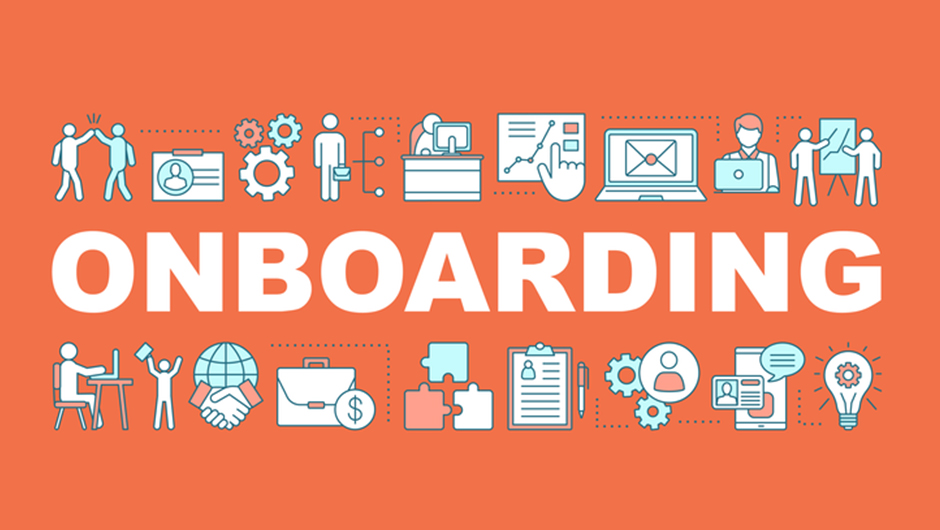
22 Sep Onboarding Cannot Be an Afterthought
Have you ever had a nightmare onboarding experience? If you’re like me, you have, and you haven’t forgotten it.
It was my first day on the job, there was no warm welcome or onboarding whatsoever, and they didn’t have a desk prepared for me. Instead, I was shown a small, dark closet of a room without windows and told they were prepping that for me. I was their first HR hire and was expected to create a welcoming environment for people while working in a closet! Absolutely not, I said. Inside I was spiraling and instantly regretting my decision. What have I gotten myself into?
Unfortunately, this type of experience, is not as rare as it should be. Gallup found from a recent employee survey that 88% of respondents believe their organization did not do a good job at onboarding. Studies show that if onboarding isn’t done properly, people leave before their first 90 days. That translates to nasty turnover costs.
The saying ‘first impressions are everything’ should also apply to onboarding. Employers invest all that time and money searching for a solid candidate, and once they find them, their onboarding consists of “Here, sign this paperwork and get started!”. Despite all the glaring data, so many don’t understand the value in setting people up for success with intention and process. I can’t believe we’re still having these conversations. Make it make sense.
We can learn a lot from the employers who get it right. It’s usually the larger, public organizations that get recognized for having robust onboarding programs (Indeed, Google, Netflix etc.), but Radio Flyer, a smaller organization, put so much work into reinventing their onboarding process that vastly improved their first-year turnover. Just search Radio Flyer onboarding and there will be tons of information on their onboarding evolution.
For now, here are important considerations that are completely doable for a small to midsize organization. I’ve collaborated with multiple clients to completely reinvent their onboarding process and witnessed the positive impact on culture, morale, productivity, and retention.
1. Welcome packet: shows that you’ve put effort and intention into making onboarding more enjoyable and simplified. The packet can include things like information and tutorials on the digital tools your teams use, who to contact for what, their onboarding schedule, org chart, benefits information, personalized gifts, swag and more.
2. Company-wide announcement: helps your current team get to know about your new hire and sends a message to your new hire that you are focused on connections and community. If you use your company messenger, employees can react to the news in real time, liking and sharing GIFs.
3. Create connections: it’s so important that your new hire gets to know their team members and others they’ll be working with cross-departmentally. Schedule meet and greets/coffee talks with individuals, managers and leaders. Get them on the right Slack or Teams (or whatever platform you use) channels to kick off connections from the start.
4. Training: set your employee up for success from the beginning by offering content on your company origin story, culture, core values, customer insights, skill-building and on-the-job training. This can include online content and shadowing with co-workers or mentors.
5. Buddy system: it’s not easy to be the new person. Assigning buddies for new hires is a great way to jump start relationship-building and provides extra support for them.
6. Instant goal-setting: focuses on meaningful impact and sets clear expectations from the beginning. New hires should be a part of this goal setting, so they have ownership and accountability.
7. Involve managers: the employee’s manager should play an active role in their onboarding. This includes training and regular check-ins with the new hire throughout their onboarding period and beyond.
Whatever your onboarding process is, think of it as a bespoke, personalized journey. No one person is the same. Learning styles, neurodivergent groups, remote workers, cultural and generational differences, for example, need to be considered. We cannot let onboarding be an afterthought or we risk learning the hard way through costly turnover and lost productivity. Get it right from the beginning, and please do not put your new hire in a closet!

